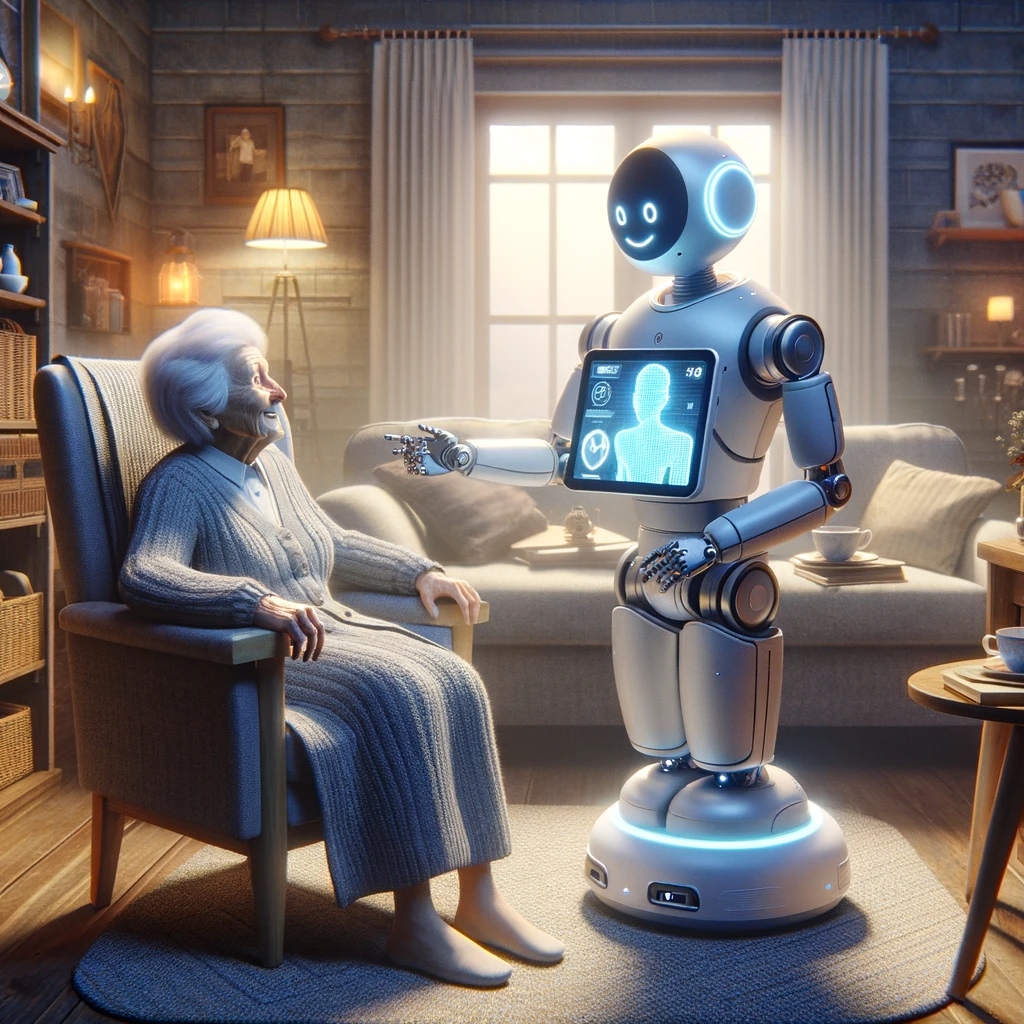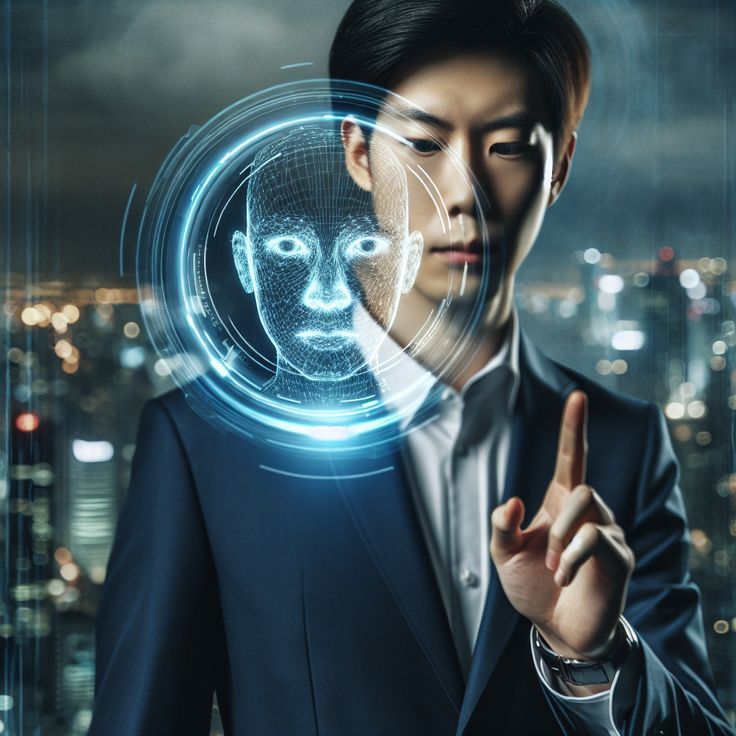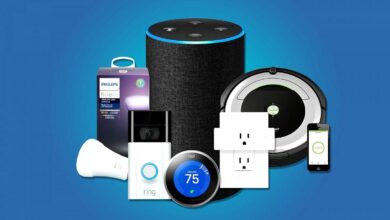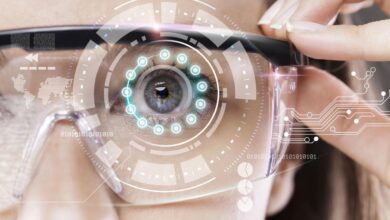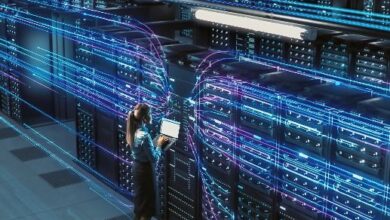The Future of Human-Machine Interaction
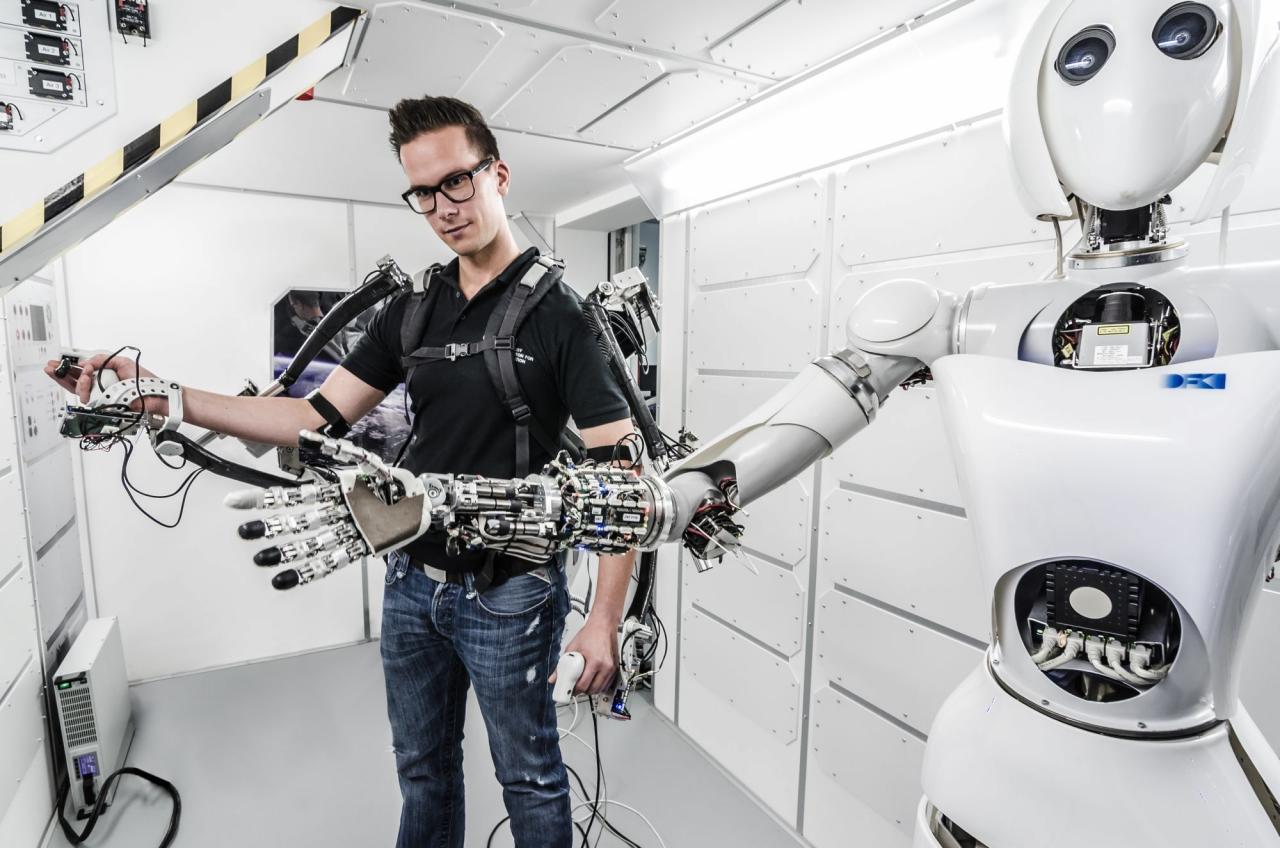
Redefining How We Talk to Machines
For decades, our interactions with technology have been defined by a simple, transactional model. We use keyboards, mice, and touchscreens to issue commands, and the machine responds. This paradigm, while effective, has created a clear barrier between human and technology. However, that barrier is rapidly dissolving. We are on the cusp of a profound shift—one that is moving us from mere users of technology to collaborators with it. The future of human-machine interaction is not about faster typing or more responsive screens; it’s about creating an intuitive, seamless, and deeply personal dialogue between people and the digital world.
This transformation is driven by a fusion of artificial intelligence (AI), advanced sensor technology, and a deeper understanding of human behavior. The goal is to make technology disappear into the background, allowing us to focus on our tasks and our lives, with the machine serving as an invisible, intelligent assistant. This new era promises to make technology more accessible, more helpful, and more integrated into the very fabric of our existence.
The New Frontiers of Interaction
The next generation of human-machine interaction will be defined by several key innovations that move beyond traditional interfaces.
A. Conversational AI and Natural Language
We are moving away from structured commands and toward natural, spoken language. Conversational AI, powered by large language models, is allowing us to communicate with machines just as we would with another person.
- Voice Assistants: From smart speakers in our homes to integrated systems in our cars, voice assistants are becoming our primary interface for a wide range of tasks. The technology is rapidly evolving to understand not just what we say, but also our intent, context, and emotional state.
- Contextual Understanding: The next leap will be in contextual awareness. Imagine an AI that not only answers your question but also anticipates your next need based on your location, your calendar, and your past behavior. This will move the interaction from a simple Q&A to a predictive, proactive partnership.
- Emotional AI (Affective Computing): This emerging field focuses on technology that can read and respond to human emotions. A future AI could recognize when you are stressed and suggest a calming activity, or when you are frustrated and offer to simplify a task. This level of empathy will make our interactions with technology feel more human and intuitive.
B. Spatial and Immersive Interfaces
Our interactions are no longer confined to flat screens. We are beginning to engage with technology in three-dimensional, immersive spaces.
- Virtual Reality (VR) and Augmented Reality (AR): VR and AR are no longer just for gaming. They are transforming fields from architecture and medicine to education and design. Architects can walk through a building before it’s built, surgeons can practice complex procedures, and students can explore historical sites as if they were there.
- Gesture-Based Control: From swiping in the air to manipulating virtual objects with your hands, gesture-based interfaces are becoming a key part of the new interaction paradigm. This provides a more physical, intuitive way to engage with digital content, eliminating the need for a mouse or keyboard.
- Holographic Displays: Imagine a future where your computer screen is a hologram floating in the air, and you can interact with it using your hands. This technology promises to blur the line between the digital and physical worlds, bringing our data and applications into our real-world environment.
C. The Rise of Bio-Sensing and Wearables
Wearable technology is evolving from simple fitness trackers to sophisticated bio-sensors that can read our body’s signals and adapt our environment in real-time.
- Brain-Computer Interfaces (BCI): While still in its early stages, BCI technology holds the promise of a future where we can control devices with our thoughts. This could revolutionize accessibility for people with disabilities and open up new frontiers in communication and creativity.
- Predictive Health Monitoring: Smartwatches and other wearables can already track heart rate and sleep patterns. The next generation will be able to predict health issues before they become serious, offering personalized recommendations and even alerting healthcare providers.
- Adaptive Environments: Imagine a workspace that automatically adjusts the lighting, temperature, and even sound based on your biometric data to optimize your focus and well-being. This level of seamless integration will make our environments responsive to our needs.
The Philosophical and Ethical Implications
This new era of human-machine interaction raises profound questions about privacy, identity, and the very nature of what it means to be human.
- Data Privacy: As our interactions become more personal and contextual, the amount of data collected on us will skyrocket. The challenge will be to create a system that allows for this seamless interaction without compromising our privacy and security.
- The Loss of Skills: As machines take on more tasks, from driving our cars to managing our schedules, there is a risk that we could lose certain fundamental human skills. We must ensure that technology is a tool to empower us, not a crutch that makes us dependent.
- The Ethics of AI Empathy: As machines become more capable of understanding and responding to our emotions, we must grapple with the ethical implications. Can a machine truly be empathetic? Or is it simply a sophisticated simulation?
The Road Ahead
The future of human-machine interaction is not about a single device or a new piece of software. It’s about a fundamental reimagining of our relationship with technology. The ultimate goal is to move from a world where we command machines to a world where we collaborate with them—a partnership that will unlock new levels of creativity, productivity, and human potential. This is a journey that will require not just technological innovation, but a deep commitment to ethical design, human-centered development, and a continuous conversation about the kind of future we want to build.
